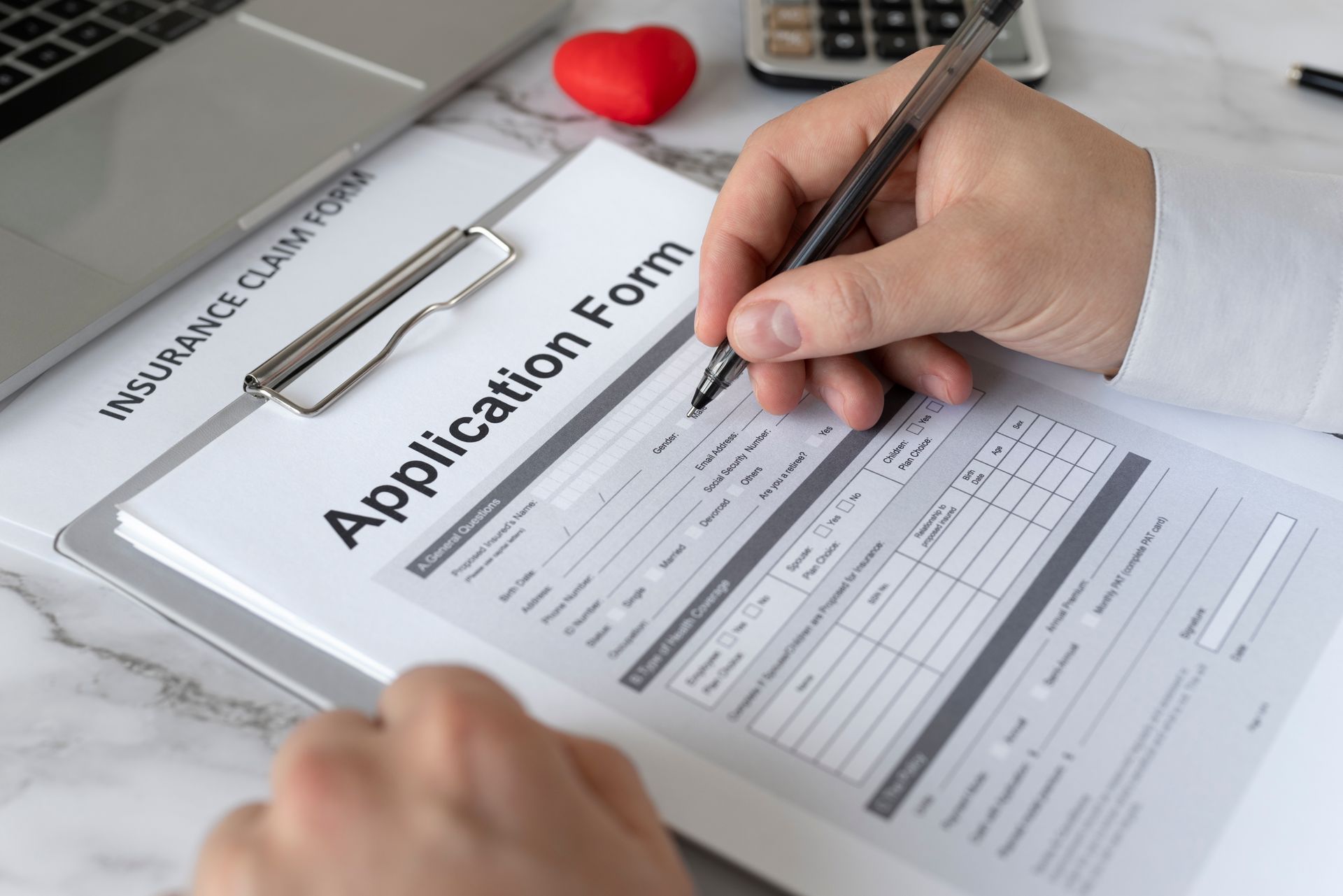Spousal Sponsorship for Canada: Overseas or Inland?

Canadian Citizens and Permanent Residents can sponsor their spouse or common-law partner for permanent residence in Canada. In a spousal sponsorship, a dependent child of the spouse or partner, who is under 22 and single at the time of application, can be included in the sponsorship application. It is also possible to sponsor what is called a ‘conjugal partner’ but that is a rare and difficult application.
A Canadian Citizen living abroad is eligible to sponsor their spouse or common-law partner as long as they have a plan to return to Canada as soon as their partner is approved for PR. But if the sponsor is a Permanent Resident of Canada, and not a Canadian citizen, the sponsor must be physically residing in Canada when the sponsorship application is submitted and throughout the process until the visa is approved.
The spousal sponsorship application is now fully online. You file and submit your forms and supporting documents for the permanent residence application through an online account and receive communication from IRCC electronically from start to finish.
Two Pathways for Sponsorship
There are two pathways to make a sponsorship application for a spouse or common-law partner – the overseas process and the inland spousal sponsorship Canada.
Just to note: Common-law partners are treated the same as married spouses for sponsorship purposes, although the documents needed to prove their relationship will vary. For example, married couples need a marriage certificate whereas common-law partners need proof of co-habitation.
Overseas Sponsorship for Canada
This is sometimes called an outland sponsorship application, or the overseas process, or a Family Class sponsorship – they all mean the same thing. It refers to where the case will be processed, not necessarily where the sponsor or applicant live.
If the sponsored person (the applicant) is overseas and is not likely able to come to Canada, the sponsorship application must be processed abroad. They will need a permanent resident visa issued by an overseas officer in the region the applicant lives before they can travel to Canada and join the sponsor.
In this situation, the sponsor’s portion of the application is first assessed in Canada at the Case Processing Centre in Sydney, NS (CPC-S). This ensures they are eligible to sponsor before involving the overseas office. This office confirms the sponsor is a Canadian Citizen or Permanent Resident, can provide financial support, has no issues with child support, or a criminal record for domestic violence, among other things. Once the sponsor is approved, the entire application is then forwarded to the Canadian visa office in the region where the applicant lives to complete the application process.
The parties must submit all documents upfront with the initial package. This includes for example, the required documents listed on the Document Checklist (such as the applicant’s birth certificate or necessary police certificates) as well as documents to satisfy any country specific requirements (such as a hukou for China). The applicant will be asked to get the medical exam later.
Once the overseas spousal sponsorship is approved, the foreign spouse will need to submit their passport for visa stamping by a Canadian immigration official. Their Confirmation of Permanent Residence document will be issued to take to Canada, then signed by a Canadian government official at the border when they arrive. On that day, they become a Permanent Resident of Canada.
Advantages and Disadvantages of Overseas Processing
The main advantage of the overseas process is that an applicant whose visa is refused can appeal the immigration officer’s decision to the Immigration Appeal Division of the Immigration and Refugee Board. This appeal is not available for the inland spousal sponsorship.
The main disadvantage of the outland spousal sponsorship process is that most couples will be separated during the process, as there is no practical way to be in Canada together. Although an officer can approve the spouse to come as a visitor during the process, they frequently will not.
As well, there is there is no work permit associated with the overseas process.
Otherwise, the application process including the digital forms online, the fees, medical exam and other requirements of the overseas sponsorship application are pretty similar to the inland spousal sponsorship. Each is an application for permanent residence for your spouse or partner, done through an online account, and the process is more similar than different. The fees are the same (there is a sponsorship fee, the principal applicant processing fee, the right of permanent residence fee, and fees for additional family members).
Inland Spousal Sponsorship Canada
This process is available when the spouse or partner is already in Canada.
This process also goes by a few different names such as the inland process, the in-Canada class, the inland spousal sponsorship or the inside Canada sponsorship. Officially, you are applying in the Spouse or Common-Law Partner in Canada Class (SCLPCC).
This application is handled entirely by an immigration officer within Canada. All procedures, such as obtaining biometrics or the medical exam, are also done in Canada.
A single package is compiled and submitted upfront. The evidence for the inland spousal sponsorship is largely the same as an overseas case. But here, both the sponsor’s portion of the application and the sponsored person’s portion will be assessed at the Case Processing Centre in Mississauga (CPC-M). Once both are approved, the sponsored person will be “landed” as a Permanent Resident using the electronic portal process for those already in Canada.
The Confirmation of Permanent Residence form (eCOPR) will be issued by e-mail to the applicant who will download and digitally sign it, and the PR card will arrive later in the mail.
Are you both living in Canada? You can choose the process
If the sponsor and their spouse or partner are already living in Canada, assuming the foreign national has valid temporary status, they usually have the option to choose either overseas processing or inland processing.
Inland v. Outland Spousal Sponsorship – How to Decide
The main decision for couples in Canada when choosing which process to use will often boil down to the key realities of the inland process, described below.
You must live together during an inland spousal sponsorship
Inland sponsorship requires that the sponsor and the foreign national are living together in Canada, both at the time the permanent residence application is submitted and continuously up until the time it is approved. You must be able to reside together under the same roof for the duration of the sponsorship processing. If you cannot live together, due to work or other obligations, then you need to choose overseas processing, even if you are both in Canada.
You should not travel outside of Canada during an inland spousal sponsorship
Travel outside of Canada for the person being sponsored is discouraged when you have submitted an inland sponsorship. If you need to travel, choose the overseas option. The issue is not leaving Canada – you are free to leave anytime. The issue is that if you are refused entry upon your attempted return to Canada, your inland sponsorship will be cancelled and you will need to start again with a sponsorship from overseas.
Even if you have never had problems entering Canada in the past, it can sometimes be more difficult to explain why your entry to Canada is truly temporary once the border officer knows that your home and your partner are in Canada. If they are not satisfied that your entry is temporary in nature, they have to refuse you (because you don’t yet have permission to live permanently in Canada).
You can ask to work while an inland spousal sponsorship is processing
Inland sponsorship allows the foreign spouse to work while waiting for Permanent Residence – if you submit an open work permit application and IRCC approves it. Time varies, but getting the work permit takes 1-4 months usually. Overseas sponsorship does not allow the option of a work permit. If you want to be able to work in Canada before your Permanent Residence is likely to be finalized, then choose inland processing.
Supporting Documents
The supporting documents are lengthy for a spousal sponsorship, as listed in a multi-page Document Checklist.
The basic supporting documents for all spousal sponsorships are the same, although the evidence regarding the relationship will differ. If you are living together in Canada, proof of your co-habitation will be required; if the spouse is abroad, usually proof of the sponsor’s visits will be part of the package.
You submit documents altogether upfront when you start, regardless if it is the overseas spousal sponsorship or the spousal sponsorship inside Canada. This is why it usually takes a couple of months to prepare a sponsorship application – there is a lot to collect up.
Do You Need a Representative?
Many couples prepare and file their own sponsorship application, without an immigration representative.
However, a proper permanent resident application is a major task, even for a professional. We often hear from Canadian citizens how surprised they are at the onerous requirements the Canadian government has to approve their partner – they were thinking the marriage certificate should be enough!
The detailed information required, IRCC’s lengthy and complicated instructions for things like the PDF forms, processing fees, the many necessary procedures like the biometric appointment or getting proper police certificates, not to mention the type of proof of your relationship needed in your particular circumstances make it easy to miss something. Canada Immigration will usually return the whole package for a single minor error.
It is wise to at least have a consultation with a professional. It is also possible to have an
Alberta immigration professional review your package before you submit documents to reduce the chance of your package being returned or to avoid processing delays.











